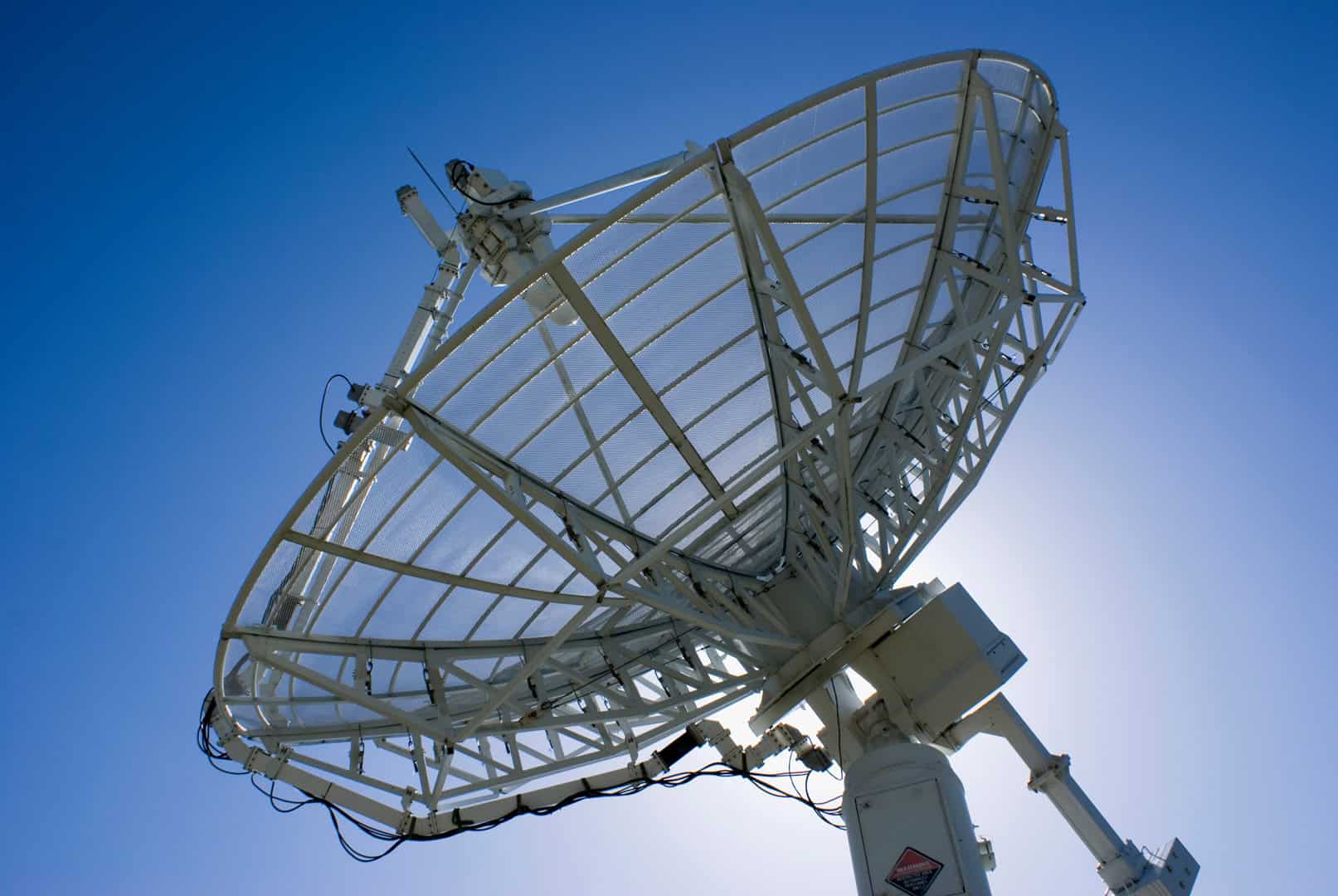Azure Summit’s 1 MHz to 20 GHz software-defined radios (SWITCHBLADE SDRs) present a transformative solution for the Low Earth Orbit (LEO) satellite communications (SATCOM) sector. SWITCHBLADE SDRs revolutionize LEO SATCOM by enhancing connectivity, data throughput, and satellite operation efficiency.
Adaptability is a key feature of SWITCHBLADE SDRs, making them an ideal fit for LEO SATCOM systems. SWITCHBLADE SDRs can be dynamically reconfigured through software updates, enabling swift adaptation to changing communication needs and emerging technologies without hardware replacements.
SWITCHBLADE SDRs elevate the satellite-to-ground link in LEO SATCOM with their wide frequency range. Operating from 1 MHz to 20 GHz, they enable higher data throughput for bandwidth-intensive applications like video streaming and real-time IoT data exchange, offering a competitive edge over traditional solutions.
For seamless satellite-to-satellite communication crucial to LEO SATCOM, SWITCHBLADE SDRs empower inter-satellite links with advanced modulation, error correction coding, and adaptive beamforming. This enhances data transfer efficiency, ensuring uninterrupted global coverage and minimal data loss risks.
SWITCHBLADE SDRs also enhance satellite autonomy and reconfiguration, enabling real-time adjustments to satellite configurations to adapt to changing conditions or switch to backup systems. This agility enhances satellite operation efficiency and reliability.
SWITCHBLADE SDRs redefine LEO SATCOM by offering adaptability, dynamic spectrum access, and advanced communication capabilities. With high data throughput, optimized satellite-to-satellite communication, and enhanced satellite autonomy, SWITCHBLADE SDRs empower LEO SATCOM operators to provide seamless global coverage, low-latency connectivity, and high-quality communication services, shaping the future of satellite communications.


